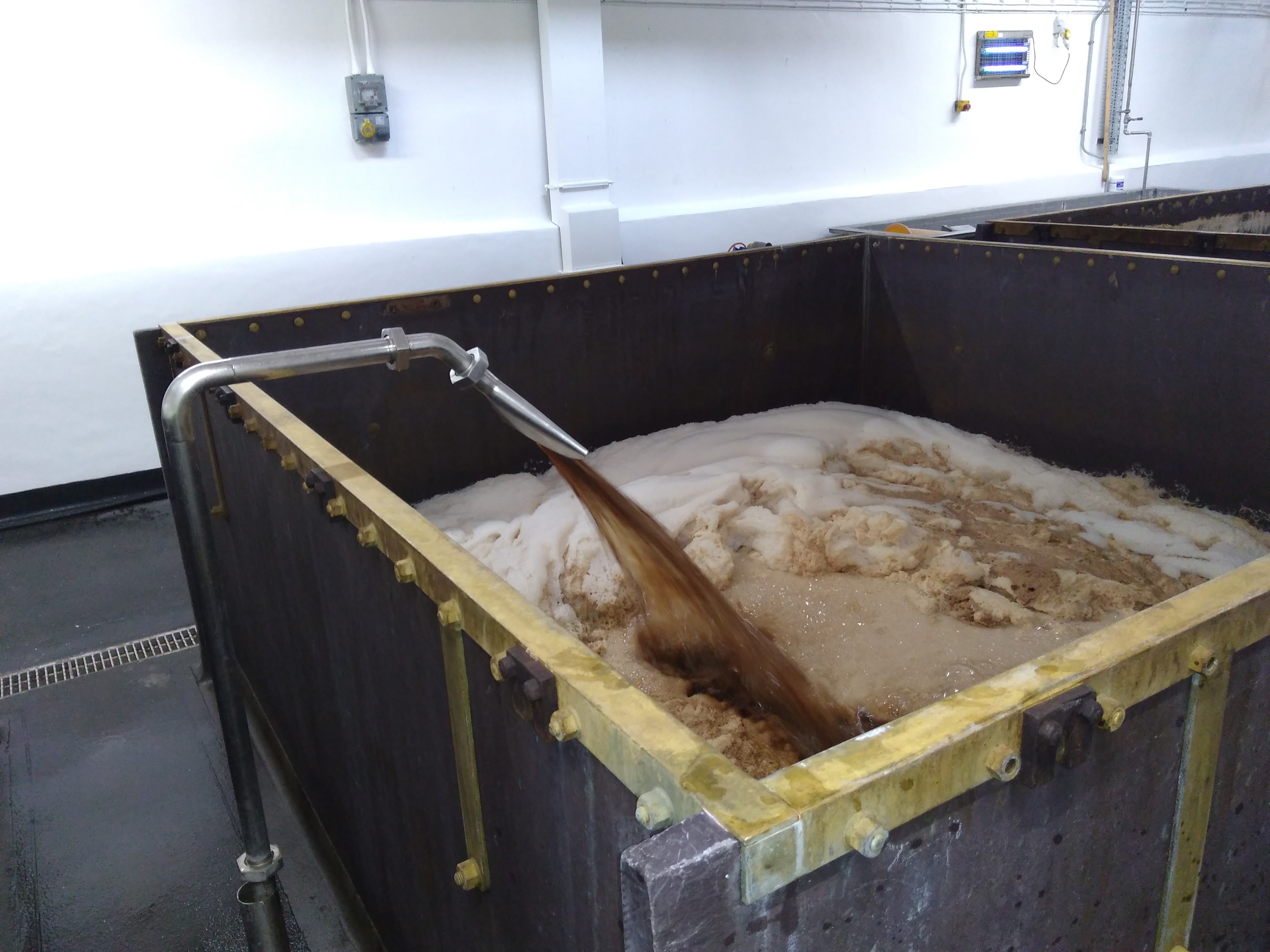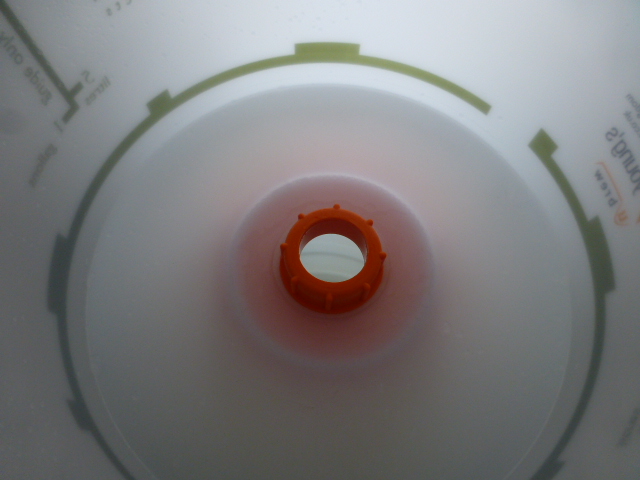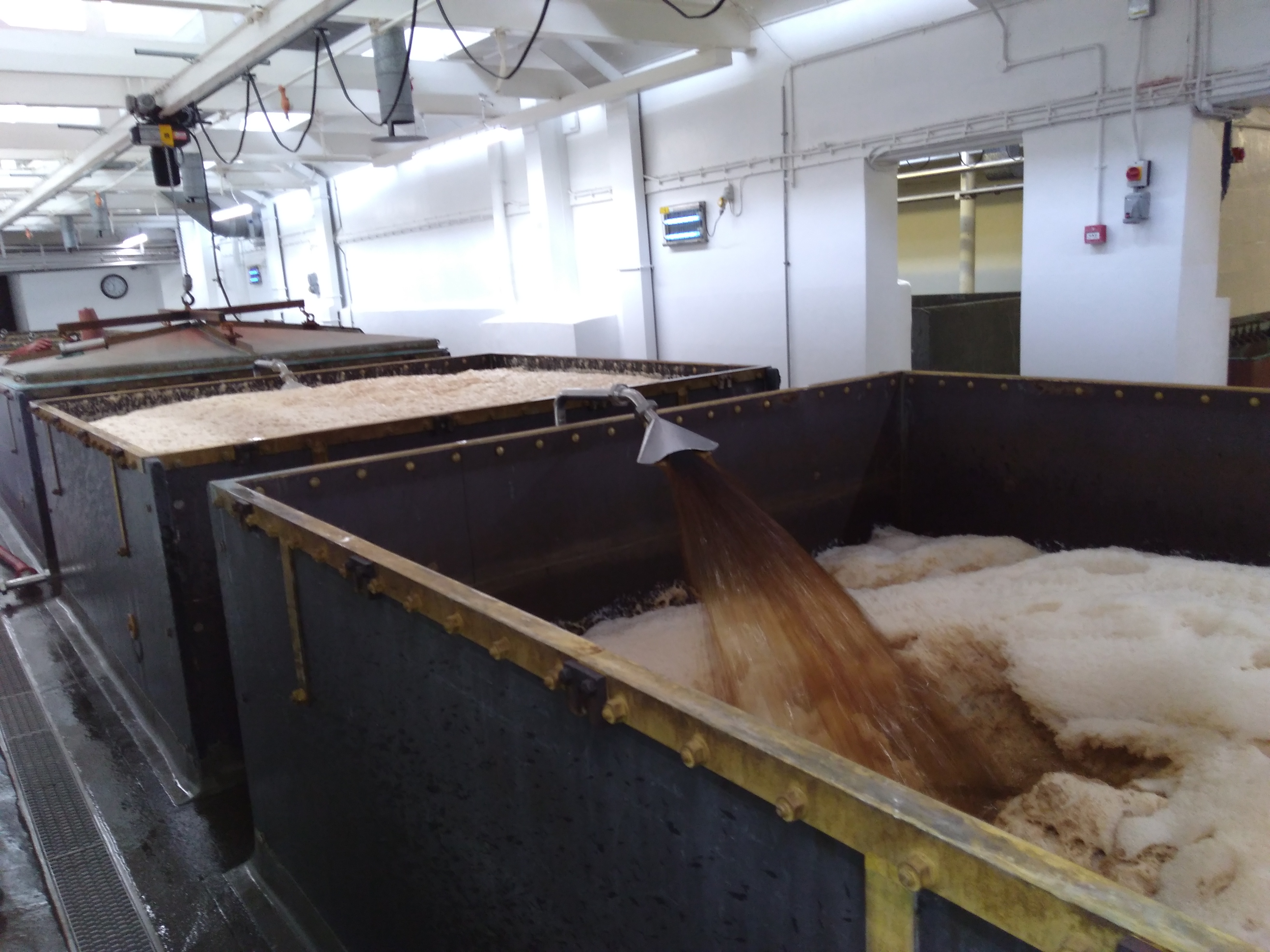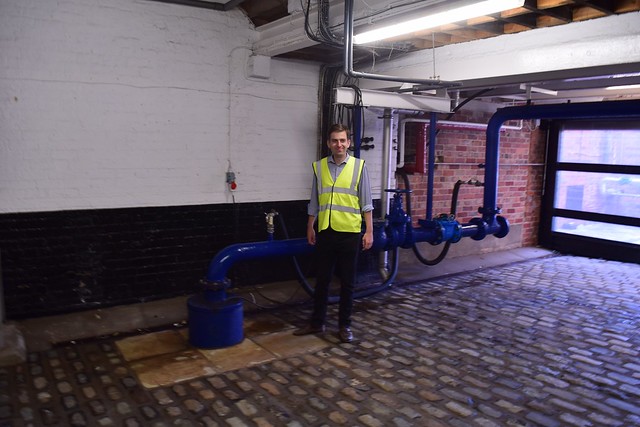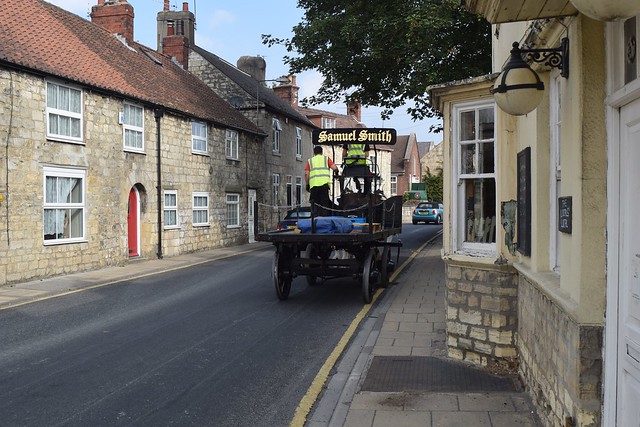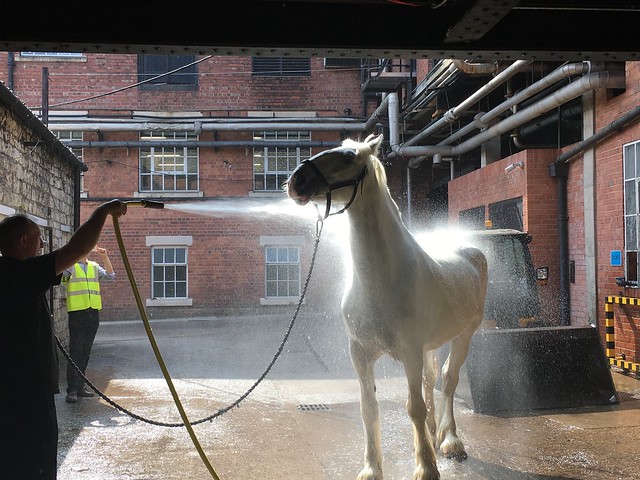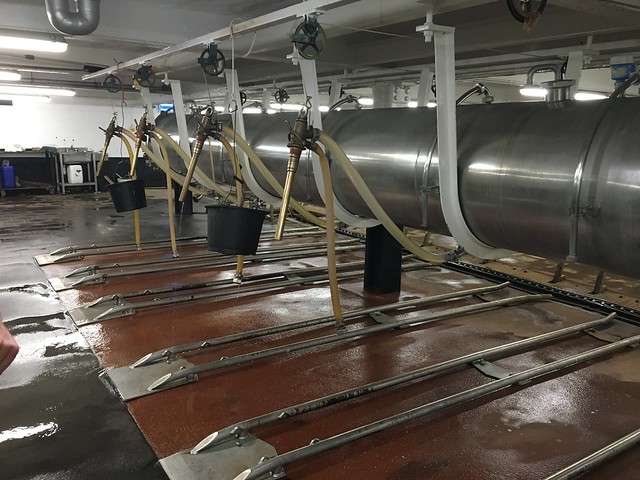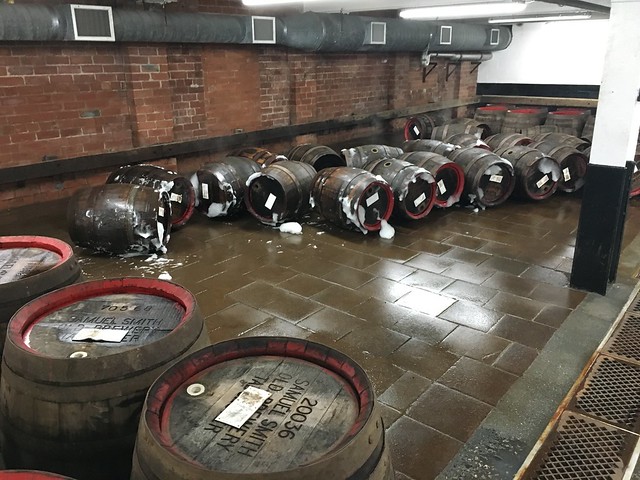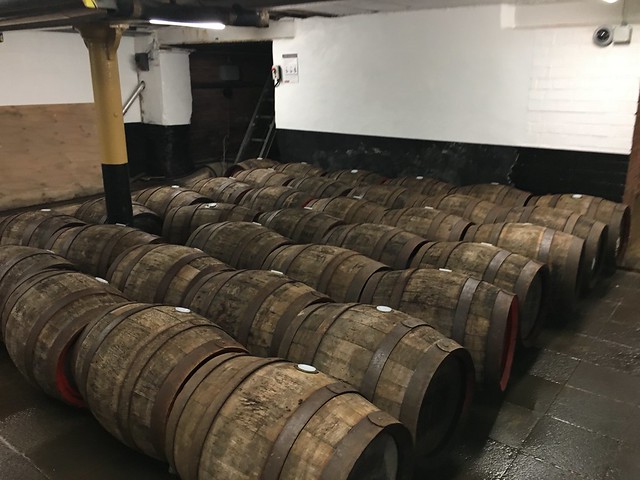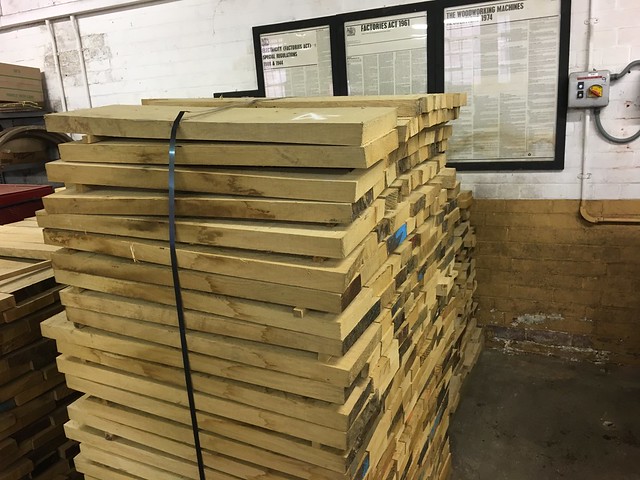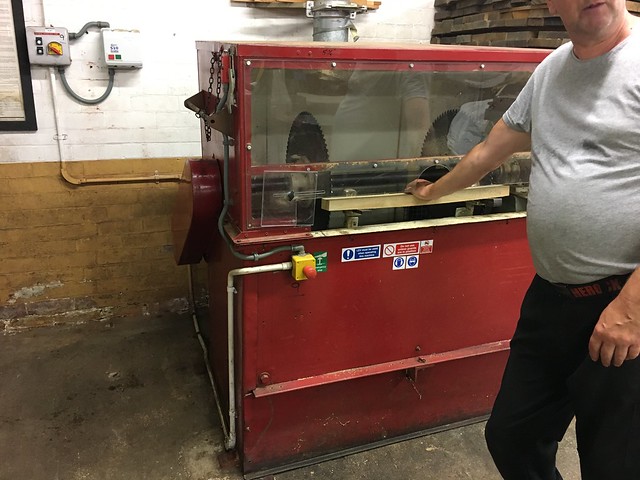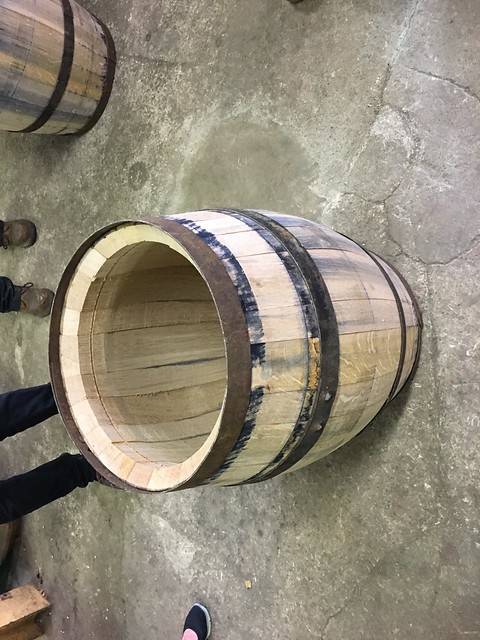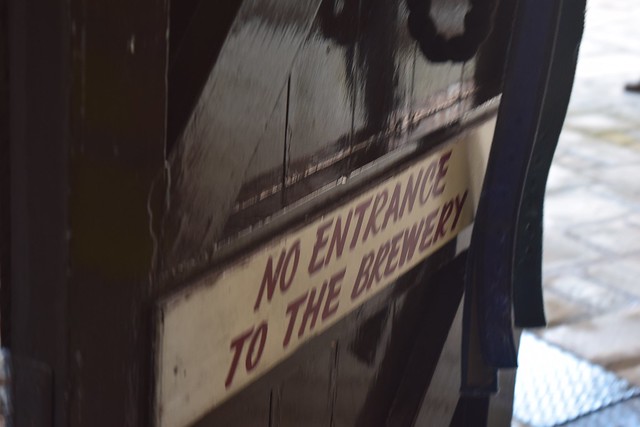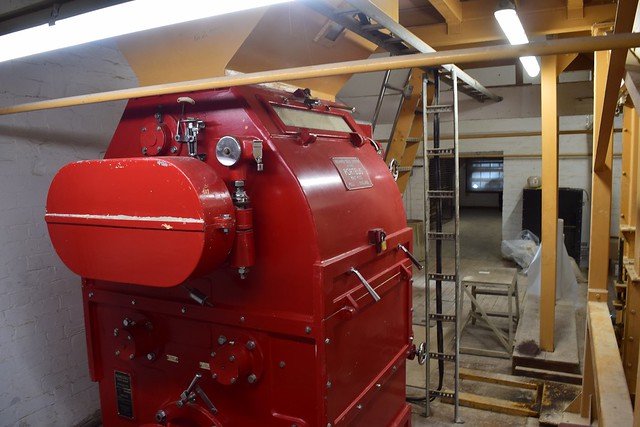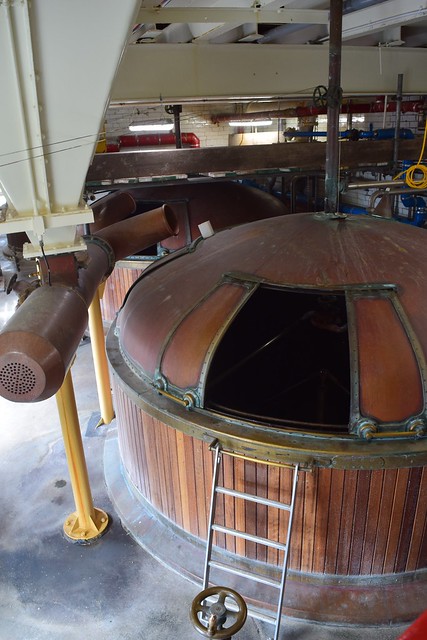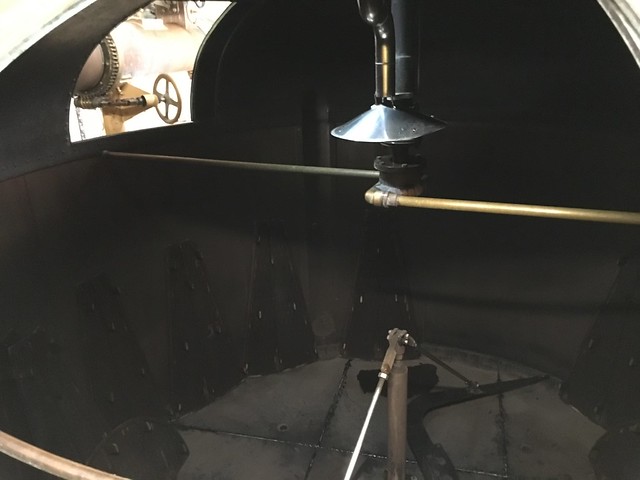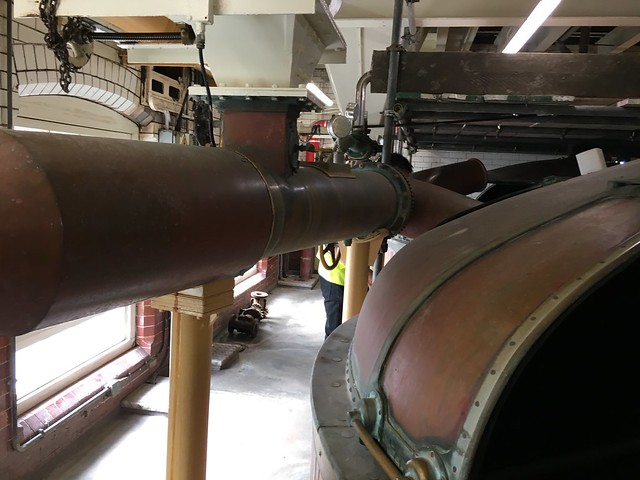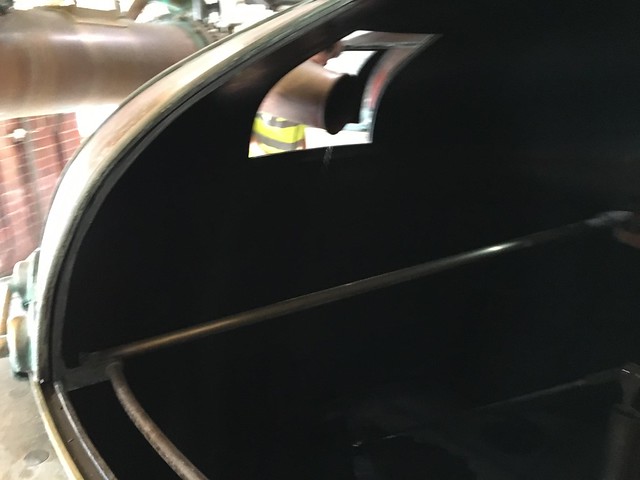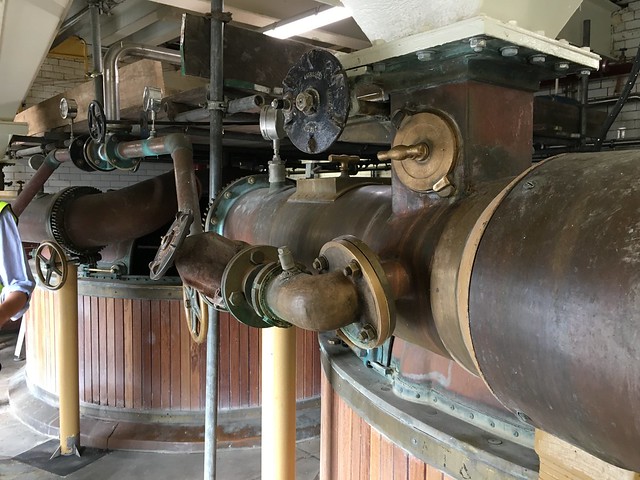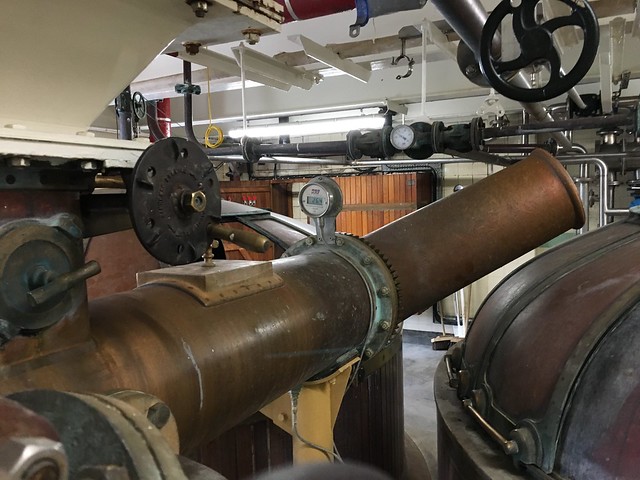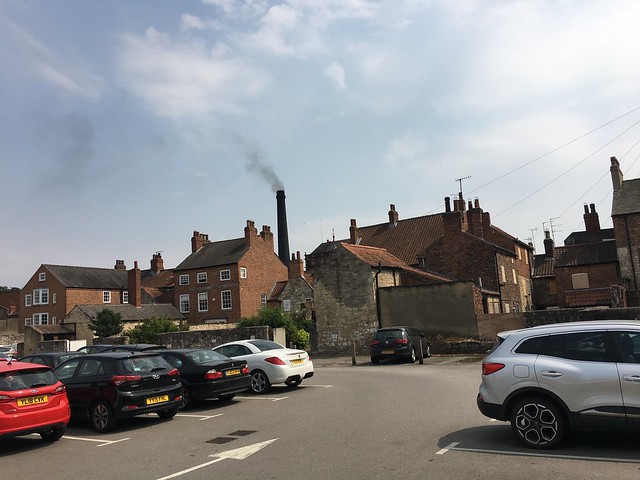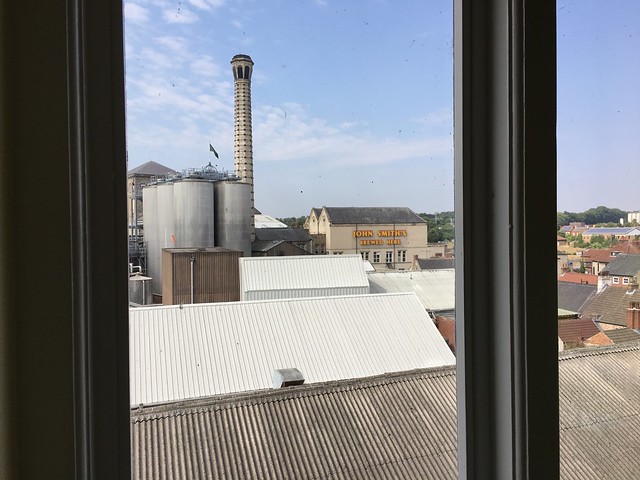Has anyone harvested yeast from a bottle of Samuel Smith's Yorkshire Stingo? (Nice beer, by the way.) I had a bottle last night and tossed the dregs into some diluted Malta Goya, and while I know looks can deceive, it appears there's some yeast growing. (Maybe it's just bottle sludge, but that's no way to think).
Any ideas what I can expect from the yeast that is (hopefully) growing?
I've read some references to Sam Smith using Wy 1469 -- is that right?
I assume they bottle condition with their regular yeast -- is that right?
Stingo is aged in wooden casks and in some places I've read that it has Brett, but can anyone confirm that?
If there is some Brett present (I'm no good at telling by taste) can anyone say what this might mean for what happens to the starter I'm growing -- will current proportions of yeast populations continue? Will the Brett die? Will it take over? I'm sure a lot depends on temp and O2 levels and nutrients and what not, but any general experiences would be interesting.
I figure I will just try a small trial batch with pale malt + crystal + Goldings and see what happens, but any input on what I can expect would be appreciated.
Any ideas what I can expect from the yeast that is (hopefully) growing?
I've read some references to Sam Smith using Wy 1469 -- is that right?
I assume they bottle condition with their regular yeast -- is that right?
Stingo is aged in wooden casks and in some places I've read that it has Brett, but can anyone confirm that?
If there is some Brett present (I'm no good at telling by taste) can anyone say what this might mean for what happens to the starter I'm growing -- will current proportions of yeast populations continue? Will the Brett die? Will it take over? I'm sure a lot depends on temp and O2 levels and nutrients and what not, but any general experiences would be interesting.
I figure I will just try a small trial batch with pale malt + crystal + Goldings and see what happens, but any input on what I can expect would be appreciated.
















